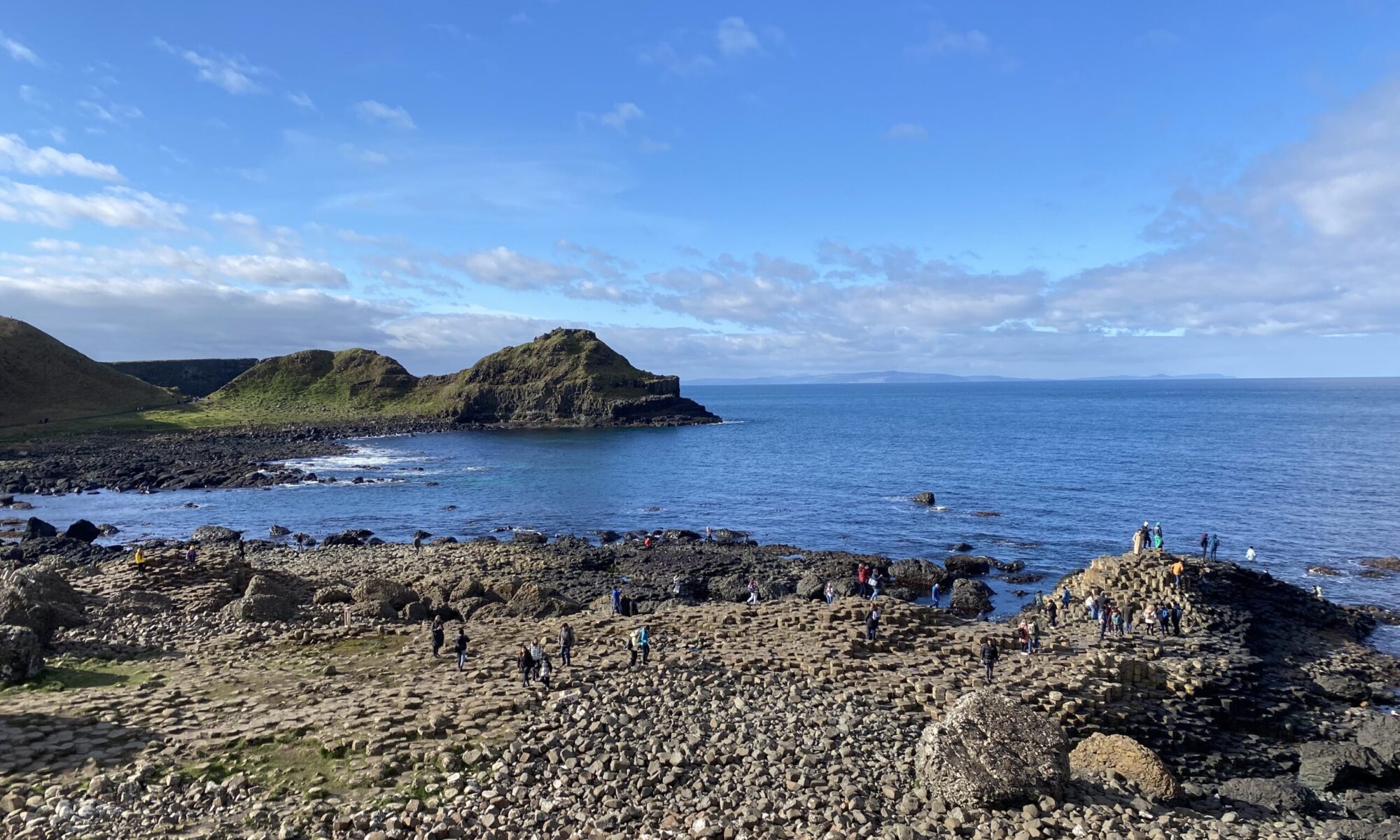For my final post, I will provide a brief reflection on my project work this semester along with some examples/ideas for the StoryMaps tutorial (building on what I discussed in the last reflection post).
Project Work Reflection
I’m happy with how my work on the Mapping Black Churches project ended up. This semester we focused on creating a tour via StoryMaps, which I think was a much better platform than Google Maps, given what we wanted to accomplish. Now, there is a completed tour of the church locations in Des Moines and it will be easy for future fellows, Professor Purcell, or people from the Iowa Black History Research Collective to add information about the churches as that knowledge is collected. Overall, I think this project also provided me with good experience in how these types of projects can take time, especially when you are working with an outside organization that someone runs on top of their normal job. Timelines when coordinating with multiple people look different than in the classroom where you often have tight deadlines. Being thorough and intentional about each step in the process worked better for this type of project.
StoryMaps Tutorial
In my last reflection post, I talked about how the StoryMaps tutorial does not give students the opportunity to practice adding maps. The current StoryMaps template that the tutorial walks you through includes a map (here is the final result from that template). However, the files that students are supposed to download for that template include only the images and text. I made an ArcGIS map that could be included in the file that students download for the tutorial. It is public at the Grinnell Organization level and can be found through the title “ArcGIS Tutorial Map.”
Additionally, I talked about how it could be helpful to highlight more of the features that are available in StoryMaps by listing the names and providing information on where to find those tools.
For instance:
Guided Map Tours: here is a helpful walkthrough
Briefings (essentially a presentation-style version of StoryMaps): Here is a tutorial on how to create briefings
Another note for future updates to trainings — I’ve worked with a couple of students on ArcGIS and they have all been using the New Map Viewer instead of Map Viewer Classic. I think it might be helpful to have a section of the training in the New Map Viewer format. I understand that we are trained in Map Viewer Classic because the new version is missing some features. However, it would be helpful to be exposed to some of the new features/page set-up in New Map Viewer before working with students. I learned about the features in New Map Viewer while working with the students and then I was able to lean on My Map Viewer Classic training to offer suggestions and help troubleshoot. So, being trained on both can help you understand which format is better for certain tasks and how to troubleshoot common issues (particularly with layer and file uploads).
